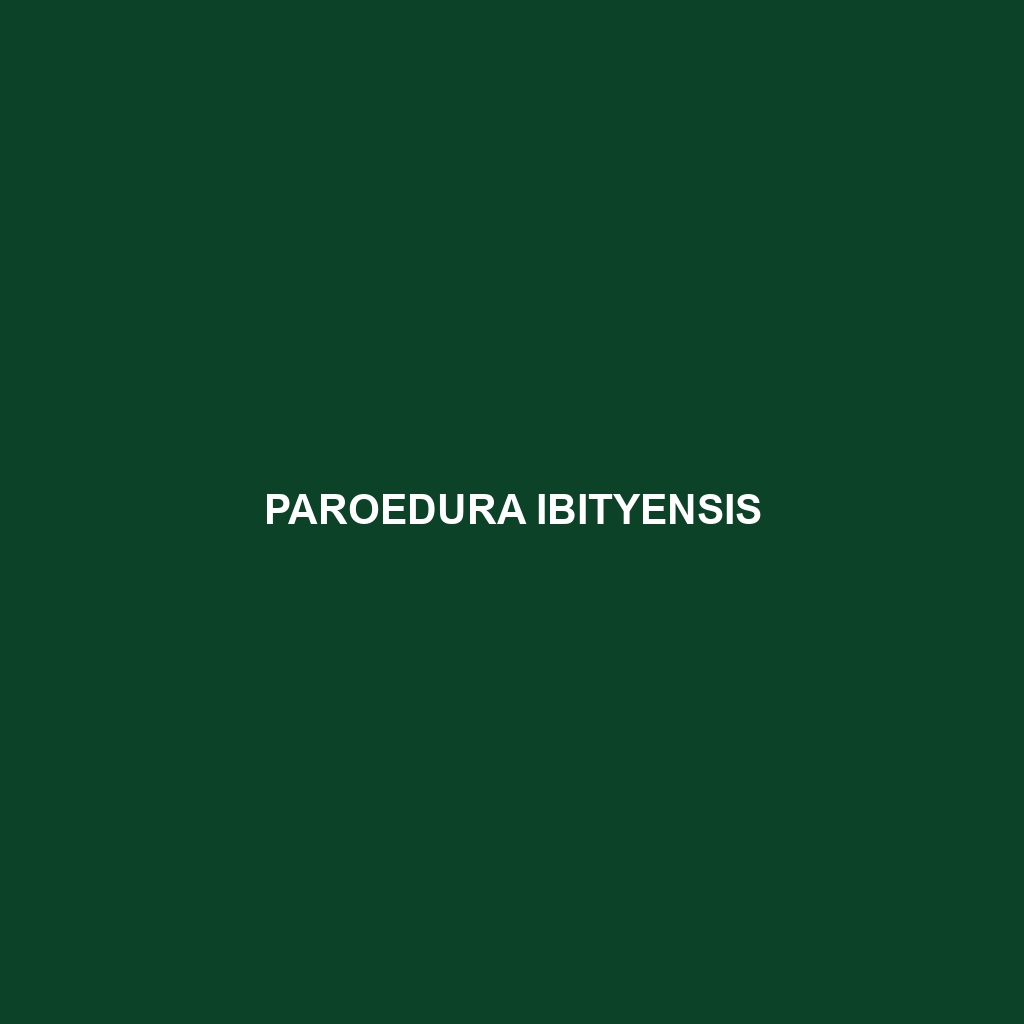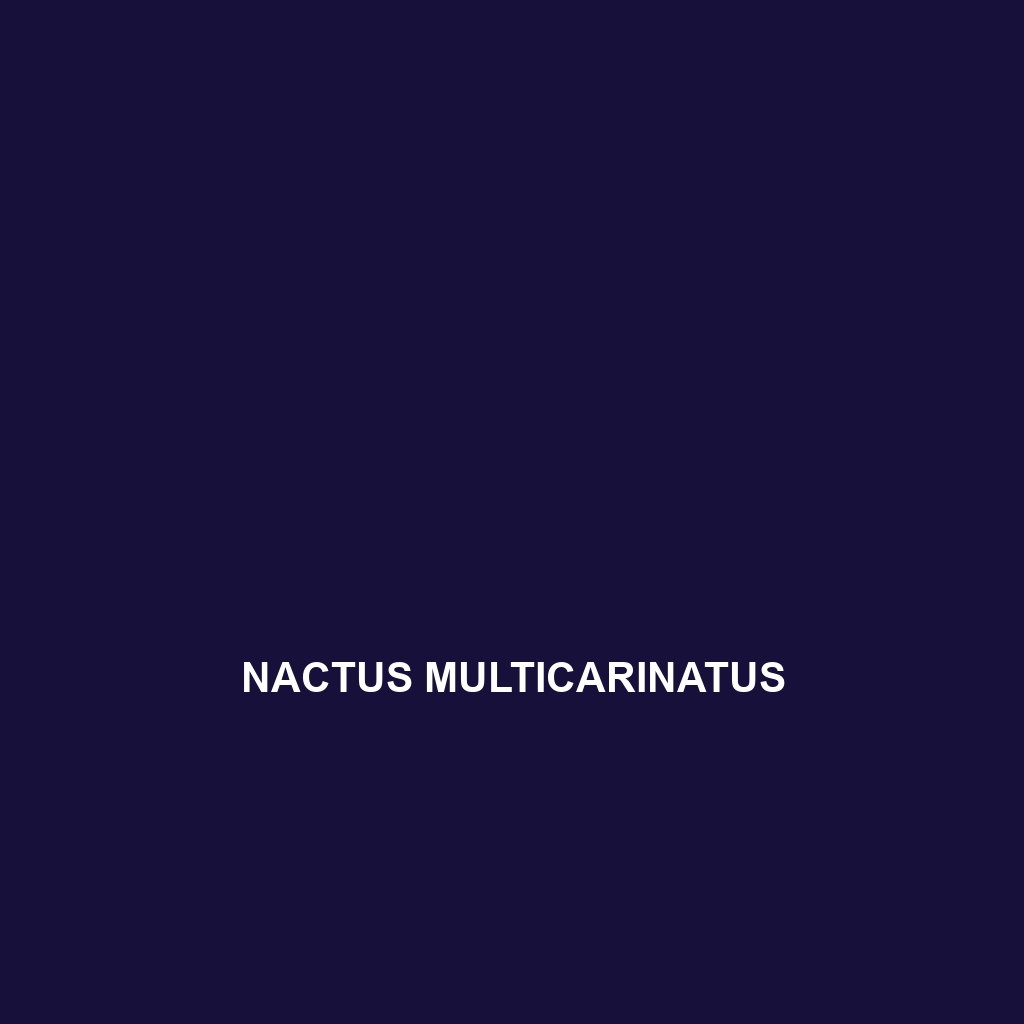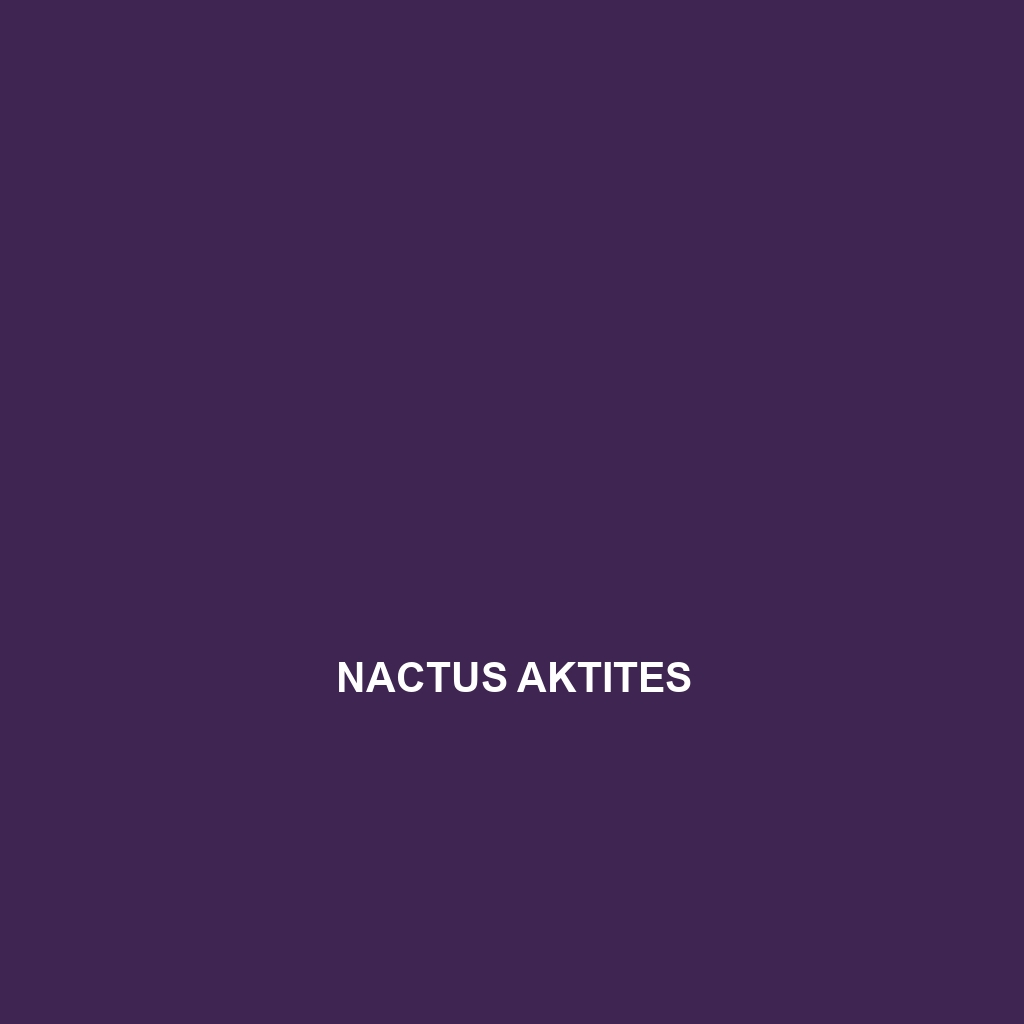Experience the vibrant Madagascar short-headed day gecko, or <b>Phelsuma breviceps</b>, known for its striking green scales and unique adhesive toe pads. This small, diurnal gecko thrives in Madagascar's rainforests, playing a key role in local ecosystems as both a predator and pollinator.
Tag: gecko mating rituals
Paroedura ibityensis
Discover the stunning Ibity Leaf-Tailed Gecko (Paroedura ibityensis), a nocturnal insectivore native to the unique dry forests and mountainous regions of Madagascar. With its exceptional camouflage and remarkable tail regeneration, this vulnerable species plays a crucial role in maintaining the ecological balance of its habitat.
Paroedura fasciata
<p><b>Paroedura fasciata</b>, commonly known as the <i>Madagascar Fat-Tailed Gecko</i>, is a nocturnal, insectivorous species native to Madagascar's diverse habitats. Recognizable by its robust body and striking coloration, this gecko plays an essential role in regulating insect populations and maintaining ecological balance.</p>
Paroedura bastardi
<p><b>Paroedura bastardi</b>, also known as the Madagascar ground gecko, is a striking nocturnal insectivore found in Madagascar's rainforests and dry forests, exhibiting unique coloration and agility. This adaptable species plays a vital role in controlling insect populations and boasts fascinating reproductive behaviors alongside impressive camouflage abilities.</p>
Pachydactylus mariquensis
<p><b>Pachydactylus mariquensis</b> is a medium-sized gecko found in the arid regions of southwestern Africa, particularly Namibia and South Africa. Known for its remarkable adaptability to extreme temperatures and unique camouflage, this nocturnal insectivore plays a vital role in its ecosystem by helping control insect populations.</p>
Pachydactylus macrolepis
The Pachydactylus macrolepis, or thick-toed gecko, is a robust, nocturnal insectivore native to arid regions of southern Africa, characterized by its broad feet, distinctive coloration, and ability to regenerate its tail. This gecko thrives in rocky outcrops and sandy dunes, playing a critical role in controlling insect populations and serving as prey for larger predators in its ecosystem.
Pachydactylus capensis
Discover the Pachydactylus capensis, commonly known as the Cape thick-toed gecko, a nocturnal insectivore native to southern Africa's savannas and semi-arid deserts. With its distinctive granular skin, large adhesive toes, and remarkable climbing abilities, this gecko plays a vital role in its ecosystem by regulating insect populations and serving as prey for larger predators.
Nactus multicarinatus
Discover the Nactus multicarinatus, or New Caledonian sticky-toed gecko, a medium-sized, nocturnal insectivore known for its vibrant coloration, sticky toe pads for climbing, and vital role in its ecosystem as both a predator and prey. This unique species thrives in the humid rainforests of New Caledonia, contributing to ecological balance and showcasing fascinating adaptations for survival.
Nactus fredkrausi
<p><b>Nactus fredkrausi</b>, a small and vibrant gecko native to the tropical rainforests of the Solomon Islands, is known for its impressive camouflage, nocturnal habits, and role in regulating insect populations, while being classified as vulnerable due to habitat loss. This arboreal species thrives in diverse microhabitats and displays fascinating courtship behaviors, underscoring its ecological significance.</p>
Nactus aktites
<p>Discover the <b>Nactus aktites</b>, commonly known as the Pacific Gecko, a vibrant inhabitant of the <i>South Pacific Islands</i> thriving in rainforests and coastal environments. This nocturnal species, measuring 15-20 cm, plays a vital ecological role as an insectivore, effectively controlling insect populations while exhibiting unique adaptations such as color change for camouflage and tail autotomy for escape.</p>









